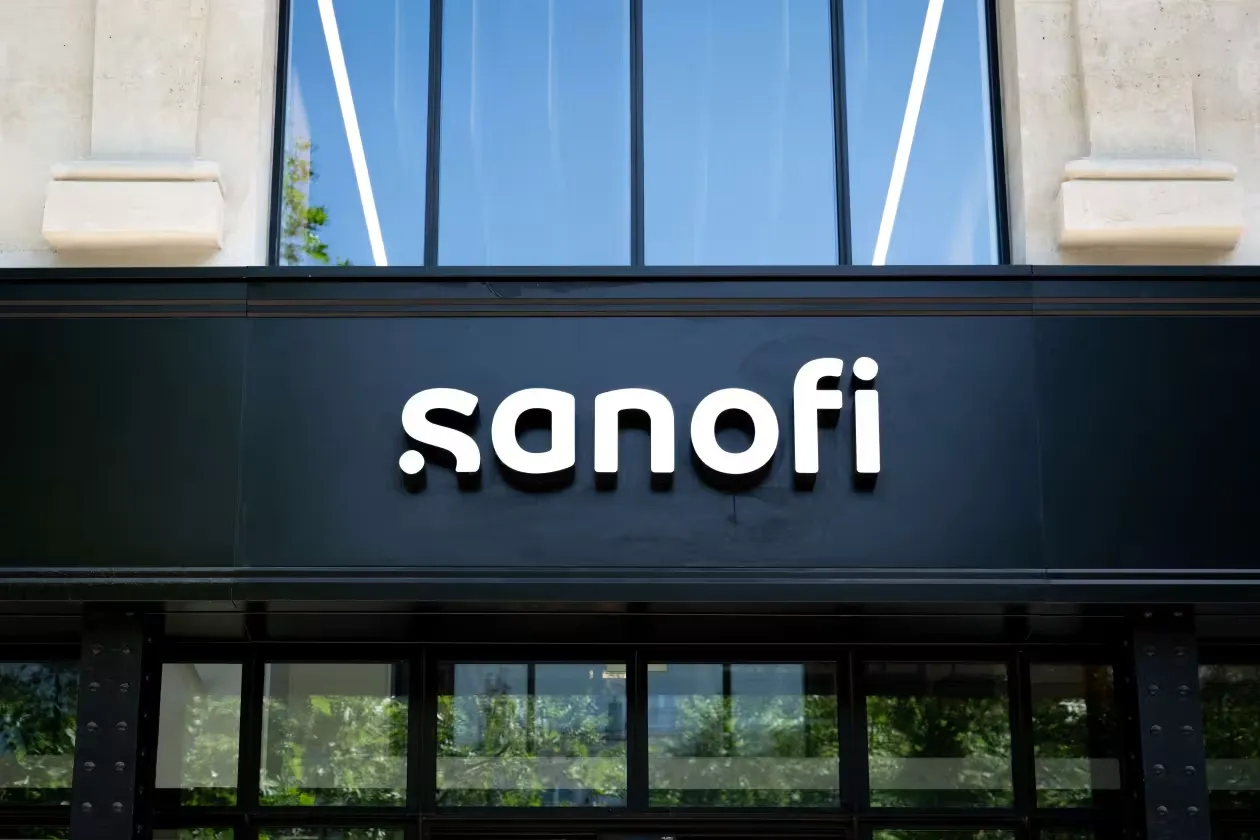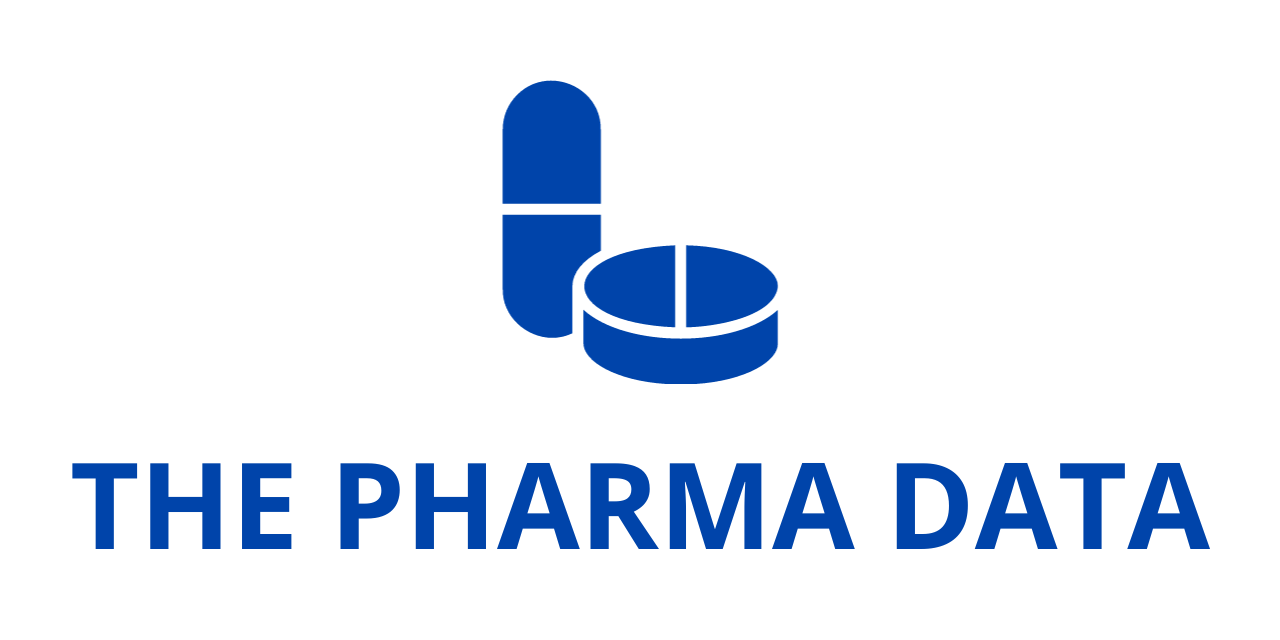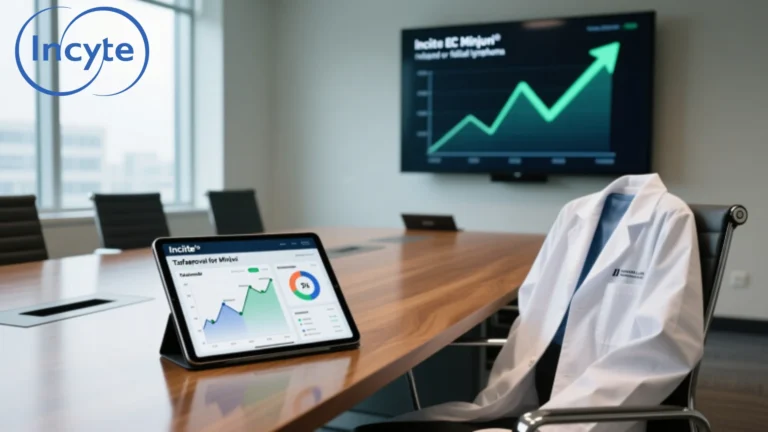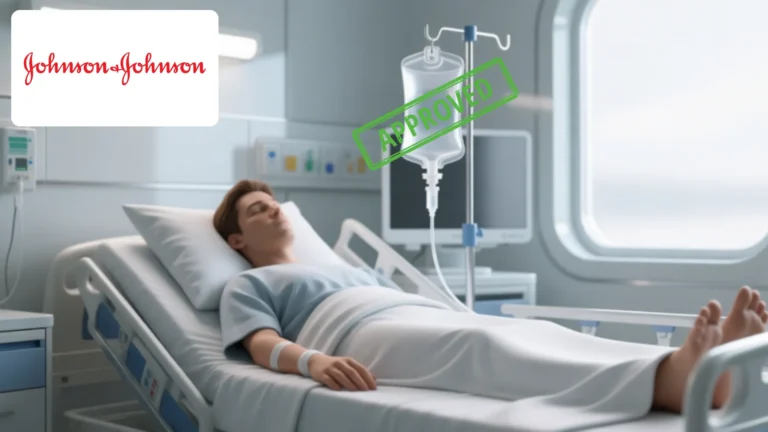
Sanofi to Acquire Vigil Neuroscience in $470 Million Deal, Bolstering Neurology Pipeline with Promising Alzheimer’s Drug Candidate
In a strategic move that further solidifies its commitment to neurological disorders, Sanofi announced it has entered into a definitive agreement to acquire Vigil Neuroscience, Inc., a clinical-stage biotechnology company dedicated to advancing novel therapies for neurodegenerative diseases. The acquisition is valued at approximately $470 million in equity, with an additional potential milestone payment of $2 per share contingent on the commercial success of Vigil’s lead drug candidate, VG-3927.
This transaction strengthens Sanofi’s expanding footprint in neuroscience—one of its four core strategic therapeutic areas—by integrating Vigil’s pipeline and scientific expertise. At the center of the acquisition is VG-3927, a first-in-class, oral small molecule agonist targeting TREM2, a receptor involved in microglial function. The investigational drug is currently advancing toward a Phase 2 clinical trial in patients with Alzheimer’s disease.
Targeting Neuroimmune Pathways in Alzheimer’s Disease
The rationale for the acquisition hinges on VG-3927’s novel mechanism of action and its potential to address a critical unmet need in the treatment landscape for Alzheimer’s disease. VG-3927 targets TREM2, or “triggering receptor expressed on myeloid cells 2,” a receptor expressed primarily on microglia—immune cells that act as the brain’s first line of defense. In healthy individuals, microglia play a crucial role in clearing cellular debris, maintaining homeostasis, and responding to neural injury. However, in Alzheimer’s disease and other neurodegenerative conditions, microglial function becomes dysregulated, contributing to chronic inflammation and progressive neuronal damage.
By activating TREM2, VG-3927 is designed to restore the neuroprotective activities of microglia. Preclinical evidence suggests that TREM2 activation promotes microglial migration to sites of neuronal injury, enhances phagocytosis (the process of clearing harmful debris), and supports cell survival. This multi-faceted mechanism has the potential to slow or prevent neuronal degeneration—a hallmark of Alzheimer’s pathology. As Sanofi integrates VG-3927 into its early-stage neurology pipeline, the company is betting on the promise of neuroimmune modulation to reshape the standard of care for Alzheimer’s patients.
Strategic Fit with Sanofi’s Neuroscience Ambitions
“This acquisition is fully aligned with Sanofi’s strategic focus on neurology and on advancing science to solve areas of critical unmet need,” said Dr. Houman Ashrafian, Head of Research and Development at Sanofi. “TREM2 represents a compelling target at the intersection of immune dysregulation and neurodegeneration, particularly in people living with Alzheimer’s disease, who face devastating cognitive decline with limited treatment options.”
Dr. Ashrafian also emphasized the complementary nature of Vigil’s scientific platform with Sanofi’s existing capabilities in immunology and neurology, stating that the addition of the Vigil team and their research strengthens Sanofi’s broader commitment to developing transformative medicines. “Vigil’s expertise is a welcome addition to our pipeline,” he added. “We look forward to working together and with the patient community to bring these much-needed therapies to life.”
Sanofi’s interest in Vigil is not sudden. The pharmaceutical giant had already signaled confidence in the biotech firm’s scientific direction in June 2024, when it made a $40 million strategic equity investment in Vigil. That initial investment also included a right of first negotiation to license or acquire VG-3927. With this full acquisition, Sanofi is now exercising that right to bring the TREM2 program entirely under its corporate umbrella.
A New Chapter for Vigil Neuroscience
For Vigil Neuroscience, the acquisition represents both a milestone achievement and a new beginning. Founded with the goal of harnessing microglial biology to combat neurodegeneration, Vigil has spent years advancing its proprietary programs and demonstrating the therapeutic promise of TREM2-based approaches.
“We are incredibly proud of the extraordinary and diverse team at Vigil and the progress we have made in developing innovative TREM2-based therapeutics,” said Dr. Ivana Magovčević-Liebisch, President and Chief Executive Officer of Vigil. “We look forward to joining forces with Sanofi to leverage their resources, broad platform, and far-reaching network to fully unlock and accelerate the development of VG-3927 for the potential treatment of Alzheimer’s disease—a devastating disease with significant unmet need.”
Notably, the deal does not include Vigil’s second drug program, VGL101, which will remain outside the scope of the acquisition.
Critical Unmet Needs in Alzheimer’s Disease
Alzheimer’s disease remains one of the most formidable challenges in modern medicine. Affecting more than 55 million people globally, it is the most common form of dementia and is characterized by progressive cognitive impairment, memory loss, and functional decline. Despite decades of research, the therapeutic arsenal against Alzheimer’s remains limited.
The currently approved drugs primarily offer modest symptomatic relief and have not been shown to halt or reverse the underlying disease process. Moreover, many of these therapies come with significant safety concerns and narrow eligibility criteria. As such, there is an urgent need for safer, more effective, and more accessible treatment options.
VG-3927 represents a promising step in a new direction—toward a mechanism that addresses the root immunological dysfunction believed to be driving disease progression. Should clinical trials confirm its efficacy and safety, the drug could offer hope to millions of patients and their families seeking more meaningful clinical outcomes.
Financial Terms and Deal Structure
Under the terms of the merger agreement, Sanofi will acquire all outstanding shares of Vigil Neuroscience for $8.00 per share in cash, representing an equity value of approximately $470 million on a fully diluted basis. Additionally, Vigil shareholders will receive a contingent value right (CVR) worth $2.00 per share, payable upon the first commercial sale of VG-3927. This deferred payment structure ties additional shareholder value directly to clinical and commercial success.
To reinforce confidence in the transaction, key stakeholders—including Bruce Booth, founding investor through Atlas Venture, and CEO Ivana Magovčević-Liebisch—have signed voting and support agreements in favor of the acquisition. These agreements cover approximately 16.2% of Vigil’s outstanding common shares.
The transaction is subject to customary closing conditions, including approval by the majority of Vigil shareholders, expiration or termination of the regulatory waiting period under the Hart-Scott-Rodino Antitrust Improvements Act, and other standard conditions. Sanofi and Vigil anticipate closing the deal during the third quarter of 2025.
Sanofi has confirmed that the acquisition will not affect its financial guidance for 2025, indicating that the company views the transaction as a strategic, long-term investment rather than a near-term revenue driver.
A Vision for Neuroscience Innovation
This acquisition marks a pivotal moment for Sanofi’s neuroscience division, underscoring the company’s ambitions to become a major player in neurodegenerative disease treatment. With VG-3927 now part of its early-stage pipeline, Sanofi is poised to accelerate its clinical development strategy and pursue further innovation at the intersection of immunology and neurology.
As the landscape of Alzheimer’s research continues to evolve—shaped by new insights into neuroinflammation, microglial biology, and precision medicine—Sanofi’s acquisition of Vigil Neuroscience positions the company at the forefront of this scientific revolution. More than just a transaction, this move reflects a larger commitment: to transform the way we understand and treat neurodegenerative disease, and to bring new hope to patients who have long awaited breakthrough therapies.





